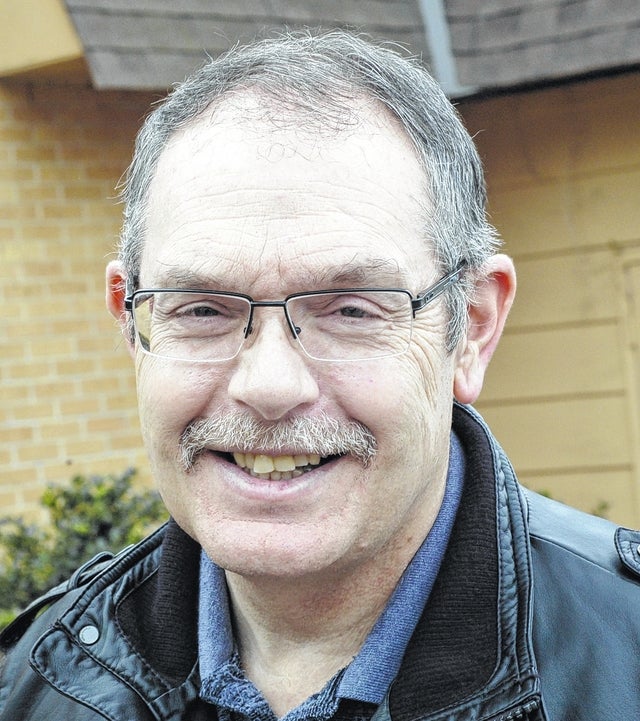Troup extension agent: When lightning strikes
Published 12:00 am Friday, September 9, 2016
Many of us enjoy outdoor leisure activities. When we hear a distant rumble we think of an approaching rainstorm. Many of us are unaware that if you can hear thunder, it can kill you.
Over 400 people are struck by lightning each year. Thirty people were killed each year from 2006 to 2015. More people are killed by lightning and floods than all the other weather related activities according to Pam Knox, UGA climatologist.
Most folks think that golfers are the victims of lightning strikes since Lee Trevino and a group were struck several years ago. That isn’t the case. Fishermen are four times as likely to be struck than golfers. Beach goers and campers were twice as likely to be fatalities than golfers. Golfers paid attention to the Lee Trevino episode. Pam Knox also states that just because you are dry and the rain is miles away does not mean that you are not a potential target.
Lightning has a lot to do with positive and negative electrons being attracted to one another. In a storm positive electrons are moving and so are the negative electrons. When an imbalance occurs, nature tries to rectify the situation.
Most of us think that lightning descends from the clouds and strikes the earth. The opposite is actually true.
A stepped leader, a channel of negative electrons, heads toward the ground. In response to these negative electrons moving toward the ground, upward streamers of positive electrons start moving upward.
In an instant a large and luminous electrical current shoots toward the cloud following the path of the stepped leader. This return stroke is called lightning and occurs so quickly, less than a second, it looks to the naked eye that lightning is coming from the clouds rather than the other way around.
When I was out west several years ago, our guides warned us that if we were caught out in the open and we felt a tingling of electricity, drop and roll up in ball as fast as we could. That was to minimize our contact with the ground.
The positive electrons were starting to move up toward the clouds. A lightning strike was imminent in our immediate vicinity.
How does lightning kill? We can be killed by a direct strike, the electricity from the strike disrupting our heart and lung functions. A side flash occurs if you’re standing next to an object such a tree when lightning travels up the tree.
Ground current is the most prevalent cause of fatalities. The electricity travels up into our bodies and disrupts our cardiovascular and nervous system.
It is almost always fatal to large farm animals. I have seen cases where the hooves are blown from the feet of the cows.
Lightning can travel through conduction. Get out of the water or off of it if you’re in a boat. Don’t take a shower or talk on the phone — corded. Avoid plumbing at all costs. That includes sinks, faucets and bathtubs. Stay away from windows, porches and concrete walls.
When you become part of a streamer, you may be killed. Even though a streamer coming from the ground may not always come into contact with a leader, it has enough electrical potential to kill you.
Ninety five percent of all lightning strikes are negative strikes. That means there is a net transfer of negative charges from the cloud to the earth. The most dangerous strikes are positive strikes that come from violent thunderstorms. They carry a higher charge and last longer causing more damage to electrical power infrastructure and start more forest fires than negative strikes.
Remember, there is no place outside when it thunders! When you hear thunder, immediately seek a safe shelter, an enclosed substantial building. If you are in a vehicle, roll the windows up. Stay in a safe area for at least 30 minutes after you hear the thunder.
Make sure you get off elevated areas, hills, ridges or peaks. Never shelter under an isolated tree or rocky overhangs and cliffs. Get out of the water and stay away from ponds, lakes and other bodies of water.
Stay away from electrical conductors such as barb wire fences, power lines and flag poles. These are all lightning rods.
Lightning can result from dust storms, forest fires and volcanic eruptions. They all emit positive and negative electrons into our atmosphere. Lightning can strike 10 miles from a storm.
Ben Franklin and his son William were in extreme danger when flying a kite in an electrical storm. Franklin did come up with the idea of positive and negative charges.
If someone is struck by lightning, call 911. Do not delay CPR if the victim is not breathing or unresponsive. Use an Automatic External Defibrillator, AED, if one is available.
What’s going on in Extension?
Sept. 8: MGEV meeting at 7 p.m.at the Ag Center.
Sept. 19: Beekeeper meeting at 7 p.m.at the Ag Center.
Sept. 19: “Home Gardening, Food Production and Nutrition Seminar” will be held 9:30 a.m. to 3:15 p.m. at the Chipley Co-op in Pine Mountain. You must pre-register with Harris County Extension at 706-628-4824.




